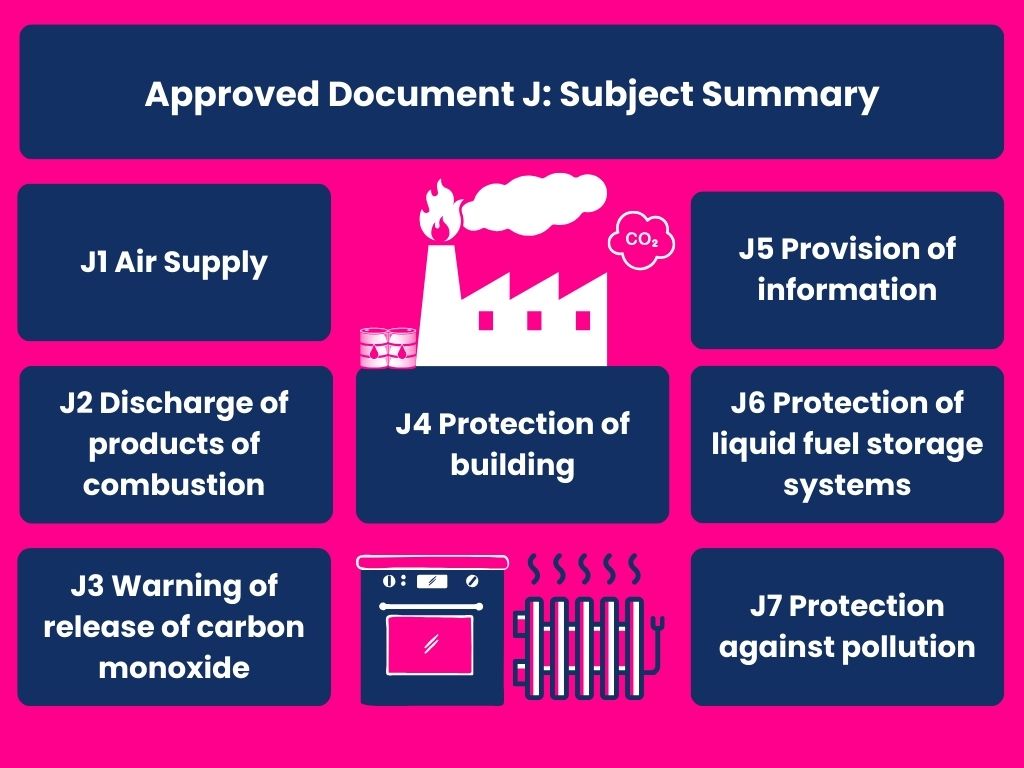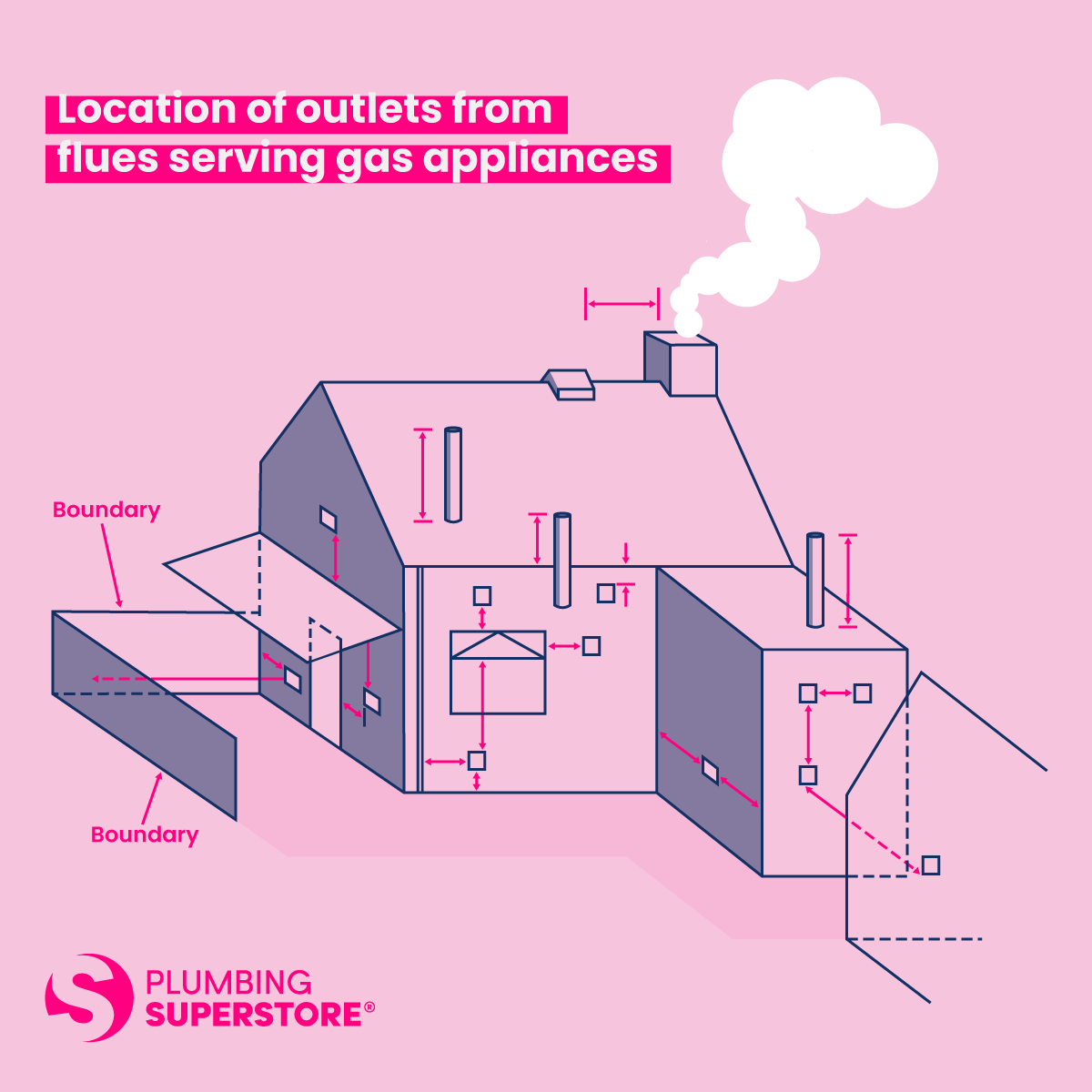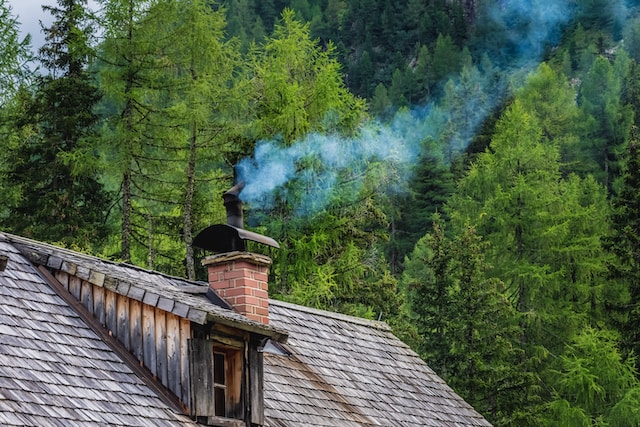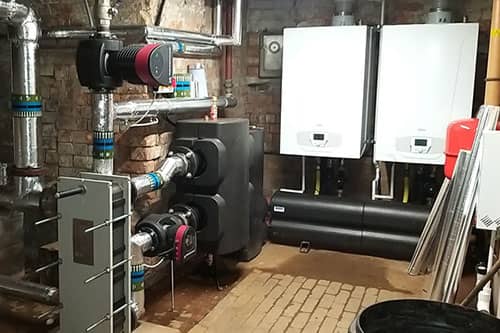Approved Document J is one of many Building Regulation-approved documents set out as legal standards and requirements for building construction, alternations and maintenance. They are created to maintain the health, safety, welfare and energy efficiency of a building’s occupants.
Here, we will focus on Building Regulations Document J, also known as Building Regulations Approved Document J: combustion appliances and fuel storage systems. So, let’s get into the information and see what Document J is all about.
Table of contents
What is Part J of the Building Regulations?
Approved Document J is a government document providing guidance on the storage of fuel systems and combustion products in England. It highlights standards for air supply, discharge of combustion products and protection of the building for solid fuel, gas and oil appliances. It also highlights the provision of information about the following items (not limited to):
- Hearths
- Fireplaces
- Flues
- Chimneys
Here is a brief summary of the Sections Approved Document J covers as of their latest amendments in 2022.

With the titles out of the way, here’s a brief outline of what each section covers.
Approved Document J – Section J one
This section covers provisions which apply generally to combustion installations. About air supply, it says any combustion appliances must be installed with an adequate supply of air to them for said combustion. This is to prevent overheating and ensure the flue works efficiently.
Approved Document J – Section J Two
In this section, the document refers to the discharge of products of combustion. It says all combustion appliances must have adequate provision for the discharge of products of combustion to the air outside.
Approved Document J – Section J Three
Referring to the warning of the release of carbon monoxide, if a fixed combustion appliance is provided, a suitable provision must be made to detect and warn of the release of carbon monoxide.
Below is a diagram for gas appliance flues. You can find out more about this diagram via our guide to boiler flues.

Approved Document J – Section J Four
This section points to the protection of a building. Combustion appliances and flue pipes, and fireplaces and chimneys, should be constructed and installed to reduce the risk (to a reasonable level) of people suffering burns or the building catching fire as a consequence of their use.
Approved Document J – Section Five
Discussing the provision of information, in areas where a hearth, fireplace, flue or chimney is supplied or extended, a durable notice holding information on the performance capabilities of those products must be fastened in a suitable area in the building. This is to ensure combustion appliances are installed safely.

Approved Document J – Section Six
For the protection of liquid fuel storage systems and pipes connecting them to combustion appliances, you must ensure they are constructed and separated from buildings and the boundary of premises to reduce the risk of the fuel igniting to a reasonable level should a fire in an adjacent building or premise occur.
Approved Document J – Section Seven
Protection against pollution is a must. This section covers this aspect, expressing that oil storage tanks and the pipes connecting them to combustion appliances should do the following:
(a) be constructed and perfected to reduce the risk of oil escaping and causing pollution to a reasonable level; and
(b) have a durable notice fastened in a prominent position with information on how to respond to an oil escape to reduce the risk of pollution to a reasonable level.
Limits on applications for each section
Some requirements have limits, which are specified in full in Document J for each section. Briefly, these are the following sections with noticeable limits on applications for their specific requirements.
J1 and J2: Requirements only apply to fixed combustion appliances (including incinerators).
J3: Requirements apply only to fixed combustion appliances located in dwellings.
J6: applies only to the following:
(a) Fixed oil storage tanks with capacities greater than 90 litres and connecting pipes; and
(b) fixed liquified petroleum gas storage installations with capacities greater than 150 litres and connecting pipes (located outside the building and serving fixed combustion appliances (including incinerators) in the building).
J7: Applies only to fixed oil storage tanks with capacities of 3500 litres or less, and connecting pipes, which:
(a) are located outside the building; and
(b) serve fixed combustion appliances (including incinerators) in a building used wholly or mainly as a private dwelling but does not apply to buried systems.

Approved Document J also says to refer to Approved Document B and Approved Document F.
Approved Document B refers to the compartmentation of buildings for fire safety purposes, as well as appropriate degrees of fire resistance for compartment boundaries.
Approved Document F refers to ventilation for health and the provision of extract ventilation using open-flued combustion appliances.
Now, as said in the beginning, the above information is just a summary of Approved Document J of the building regulations. To access comprehensive information about specific regulations, please refer to the official Approved Document J download on the government website. This will also be important for keeping up with the latest changes (if any occur) to the documents in future.
In the meantime, if you want to know more about various plumbing products and what you can buy here at Plumbing Superstore, head on over to our Help and Advice section for a range of information about bathrooms, heating, plumbing supplies and so much more.












